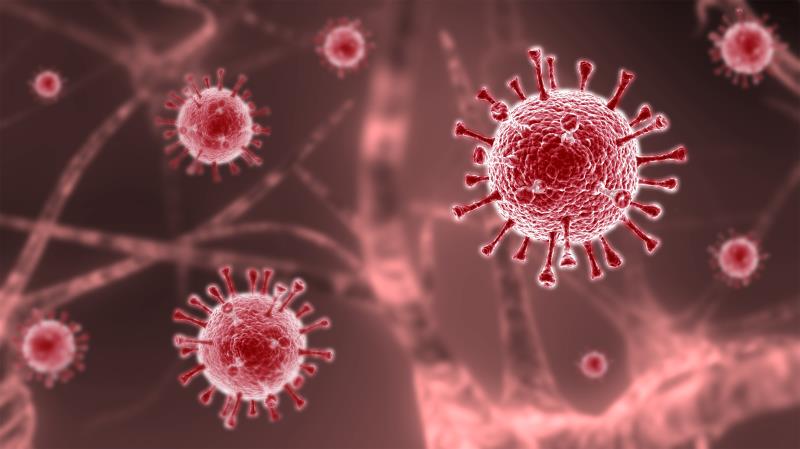Does SARS exposure confer protection against COVID-19? Maybe, a new study says





Exposure to coronaviruses appears to trigger a stable and multispecific T cell immune response to the structural nucleocapsid protein (NP), according to a recent study.
“Understanding the distribution, frequency, and protective capacity of pre-existing structural or nonstructural SARS-CoV-2 cross-reactive T cells could be of great importance to explain some of the differences in infection rates or pathology observed during this pandemic,” researchers said.
Thirty-six peripheral blood samples were collected from patients (median age, 42 years; 62 percent male) who had recovered from mild to severe coronavirus disease 2019 (COVID-19). Virus-specific responses were analysed using the interferon (IFN)-γ ELISpot assay.
Samples from all participants showed signs of NP-specific responses in the assay, though to different regions of the protein. In contrast, the assays showed weak levels of response to nonstructural proteins (NSPs). Signals were detected for NSPs in only 12 samples, while 34 to 36 of the convalescents elicited assay responses for NPs. [Nature 2020;doi:10.1038/s41586-020-2550-z]
Ex vivo intracellular cytokine staining (ICS) confirmed the initial findings. Nine of the samples were subjected to ICS, and seven of these showed clear populations of CD4 and/or CD8 T cells producing tumour necrosis factor-α and/or IFN-γ. The researchers however noted that visualization of these cell populations was difficult due to their relatively low frequency.
“Moreover, despite the small sample size, we compared the frequency SARS-CoV-2-specific IFN-γ spots with the presence of virus neutralizing antibodies, duration of infection and disease severity, but found no correlations,” they added.
Deconstructing the NP into a series of small, overlapping peptides, the researchers mapped the precise regions on the NP that triggered an immune response. They found that in eight of the nine patients assessed, immune cells were able to recognize multiple regions of the SARS-CoV-2 NP. Some of these regions triggered a T cell response.
Notably, the researchers identified regions on the NP that acted as CD4 and CD8 T cell epitopes for both SARS-CoV-1 and SARS-CoV-2.
“The demonstration that COVID-19- and SARS*-recovered patients can mount T cell responses against shared viral determinants implies that SARS-CoV-1 infection can induce T cells able to cross-react against SARS-CoV-2,” they said.
Moreover, using convalescents from patients who had recovered from SARS, researchers found that T cell responses to particular SARS-CoV-1 epitopes persisted up to 17 years after the infection. They also showed that SARS-CoV-2 NP peptides, which share a 94-percent amino acid identity with SARS-CoV-1 epitopes, triggered a response in the samples collected from SARS resolvers.
“Thus, SARS-CoV-2 NP-specific T cells are part of the T cell repertoire of individuals with a history of SARS-CoV-1 infection and are able to robustly expand after encounter with SARS-CoV-2 NP peptides,” the researchers said.
“These findings demonstrate that virus-specific T cells induced by betacoronanvirus infection are long-lasting, supporting the notion that COVID-19 patients will develop long-term T cell immunity,” they added. “Our findings also raise the intriguing possibility that long-lasting T cells generated following infection with related viruses may be able to protect against, or modify the pathology caused by, SARS-CoV-2 infection.”
Of course, such a finding will need stringent and iterative replication in further studies, using different methods and enrolling different populations, before any definitive conclusion can be drawn.
*Severe acute respiratory syndrome